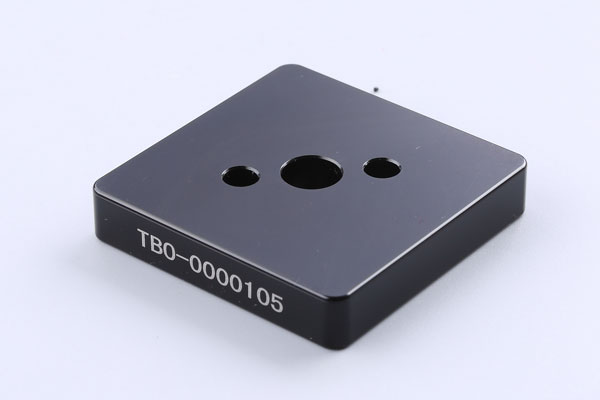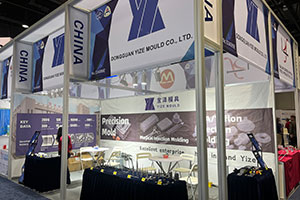What Is the Typical Hardness of Tungsten Steel?
I. Introduction Tungsten steel, also known as cemented carbide, is a vital material in manufacturing due to its unique physical and chemical properties. Among these properties, hardness stands out as […]
I. Introduction
Tungsten steel, also known as cemented carbide, is a vital material in manufacturing due to its unique physical and chemical properties. Among these properties, hardness stands out as a critical indicator of its performance in real-world applications. This article delves into the hardness of tungsten steel, providing detailed insights based on different measurement standards and application scenarios.
II. Overview of Tungsten Steel Hardness
Tungsten steel is primarily composed of tungsten carbide and cobalt, endowing it with exceptionally high hardness. This characteristic makes it ideal for various cutting, machining, and wear-resistant applications. The hardness of tungsten steel is commonly measured using the Rockwell hardness scale (HRA/HRC) or the Vickers hardness scale (HV).
Our factory business: carbide parts, mold parts, medical injection molds, precision injection molds, teflon PFA injection molding, PFA tube fittings. email: [email protected],whatsapp:+8613302615729.
III. Hardness Values of Tungsten Steel
1. Rockwell Hardness (HRA/HRC)
Rockwell hardness is one of the most frequently used standards for assessing tungsten steel hardness. According to available data, tungsten steel can achieve a hardness range of 89-95 HRA, encompassing the hardness values of most common tungsten steel products. Additionally, some sources indicate that the hardness of tungsten steel is equivalent to 69-81 HRC, demonstrating a certain correlation with HRA values.
It’s worth noting that the hardness requirements for tungsten steel materials vary across different application fields. For instance, in cutting tool manufacturing, higher hardness is crucial to ensure cutting performance. Conversely, in mold manufacturing, greater emphasis is placed on toughness and wear resistance. Therefore, when selecting tungsten steel materials, it’s essential to weigh these factors based on specific needs.
2. Vickers Hardness (HV)
Vickers hardness is another widely used standard for evaluating tungsten steel hardness. Data suggests that ordinary tungsten steel containing 12% tungsten can achieve a hardness of 350-450 HV. When the tungsten content increases to approximately 18%, the hardness can reach 450-550 HV. Furthermore, alloying and heat treatment processes can further enhance the hardness of tungsten steel. For example, rapid quenching can elevate the hardness of tungsten steel to over 700 HV, while extremely hard high-speed tungsten steel with 18% tungsten can attain a hardness of up to 800 HV.

IV. Factors Influencing Tungsten Steel Hardness
The hardness of tungsten steel is influenced by several factors, including:
1. Composition: The hardness of tungsten steel is closely related to its composition. As one of the primary components, higher tungsten content generally leads to greater hardness. Additionally, elements such as carbon and cobalt also impact the hardness of tungsten steel.
2. Microstructure: The microstructure of tungsten steel significantly affects its hardness. A dense microstructure with fine grains results in a tighter atomic arrangement, making it more resistant to external forces and enhancing hardness.
3. Heat Treatment Process: Heat treatment is another crucial factor influencing tungsten steel hardness. Through processes like heating and cooling, the grain size and distribution of tungsten steel can be controlled, thereby affecting its hardness. For instance, quenching can significantly increase the hardness of tungsten steel.
V. Conclusion
In summary, the hardness of tungsten steel is a complex and variable issue influenced by multiple factors, including composition, microstructure, and heat treatment processes. In practical applications, it’s essential to select the appropriate tungsten steel material based on specific requirements to ensure its performance meets expectations. Additionally, understanding the correlation between hardness values under different measurement standards is crucial for accurately assessing the hardness performance of tungsten steel.
VI. Expansion and Applications
The high hardness of tungsten steel renders it highly suitable for various cutting, machining, and wear-resistant applications. For example, in cutting tool manufacturing, tungsten steel tools are widely used in metal cutting due to their high hardness and wear resistance. In mold manufacturing, tungsten steel molds are employed to produce high-precision, long-lasting mold products. In the aerospace sector, tungsten steel components are utilized in critical parts like engine components due to their high strength and heat resistance. Furthermore, with continuous technological advancements and process innovations, the application fields of tungsten steel materials are poised to expand and deepen further.






